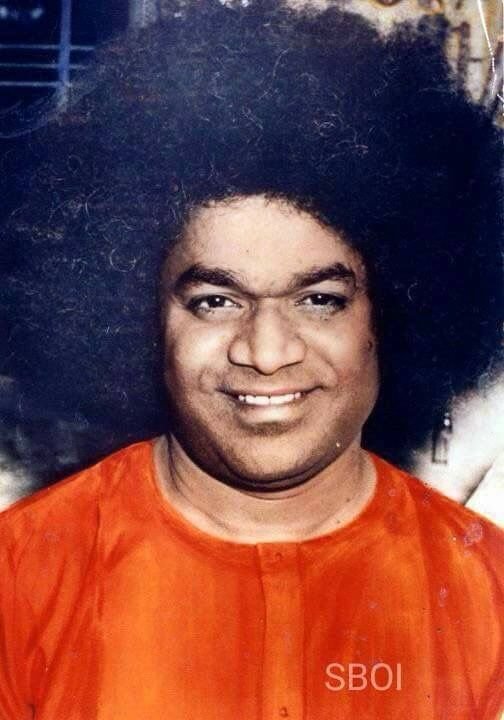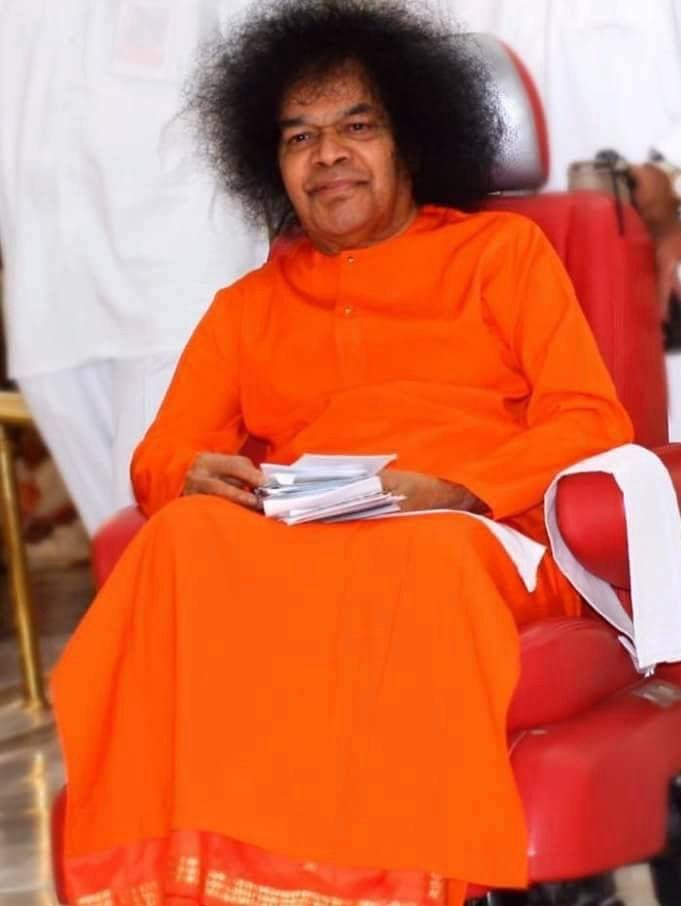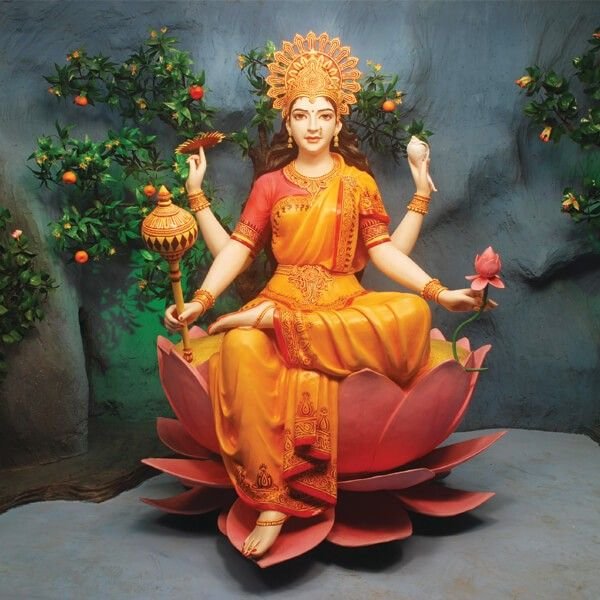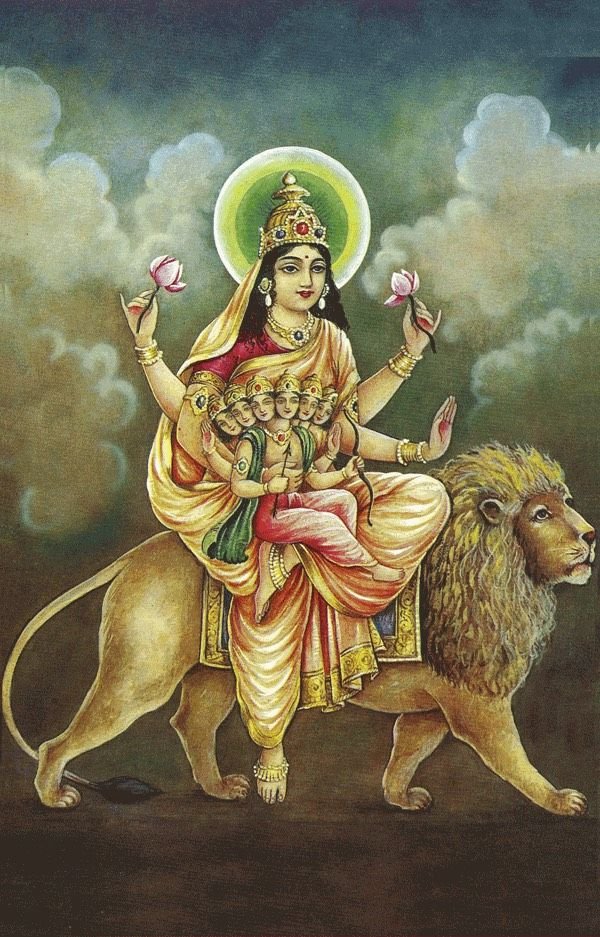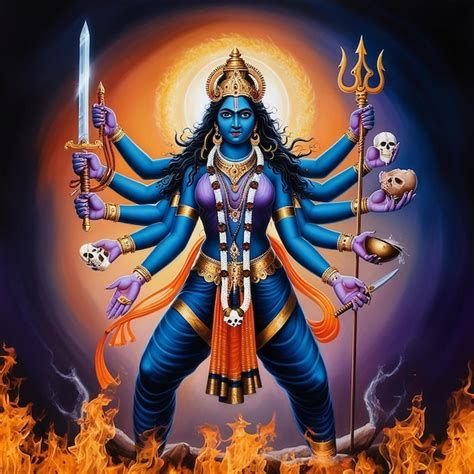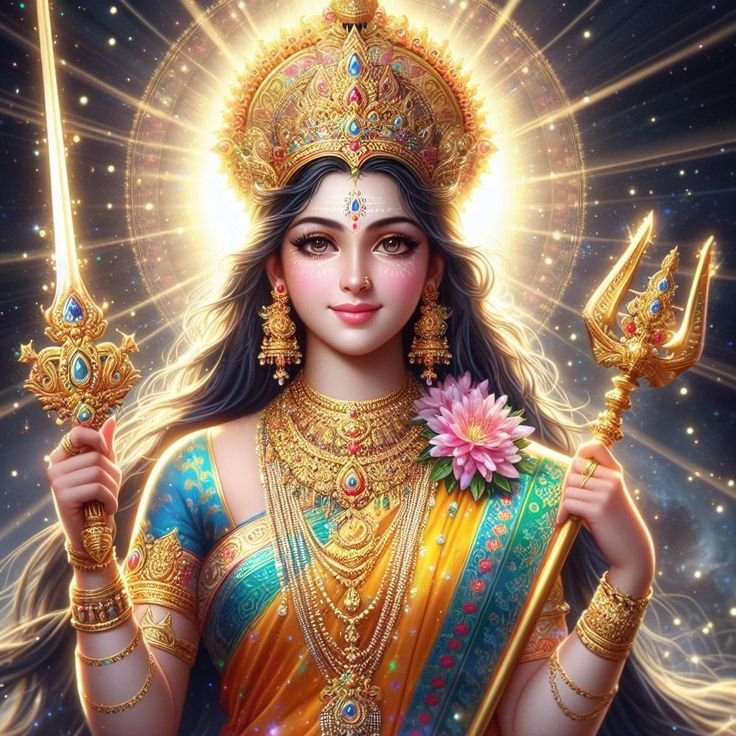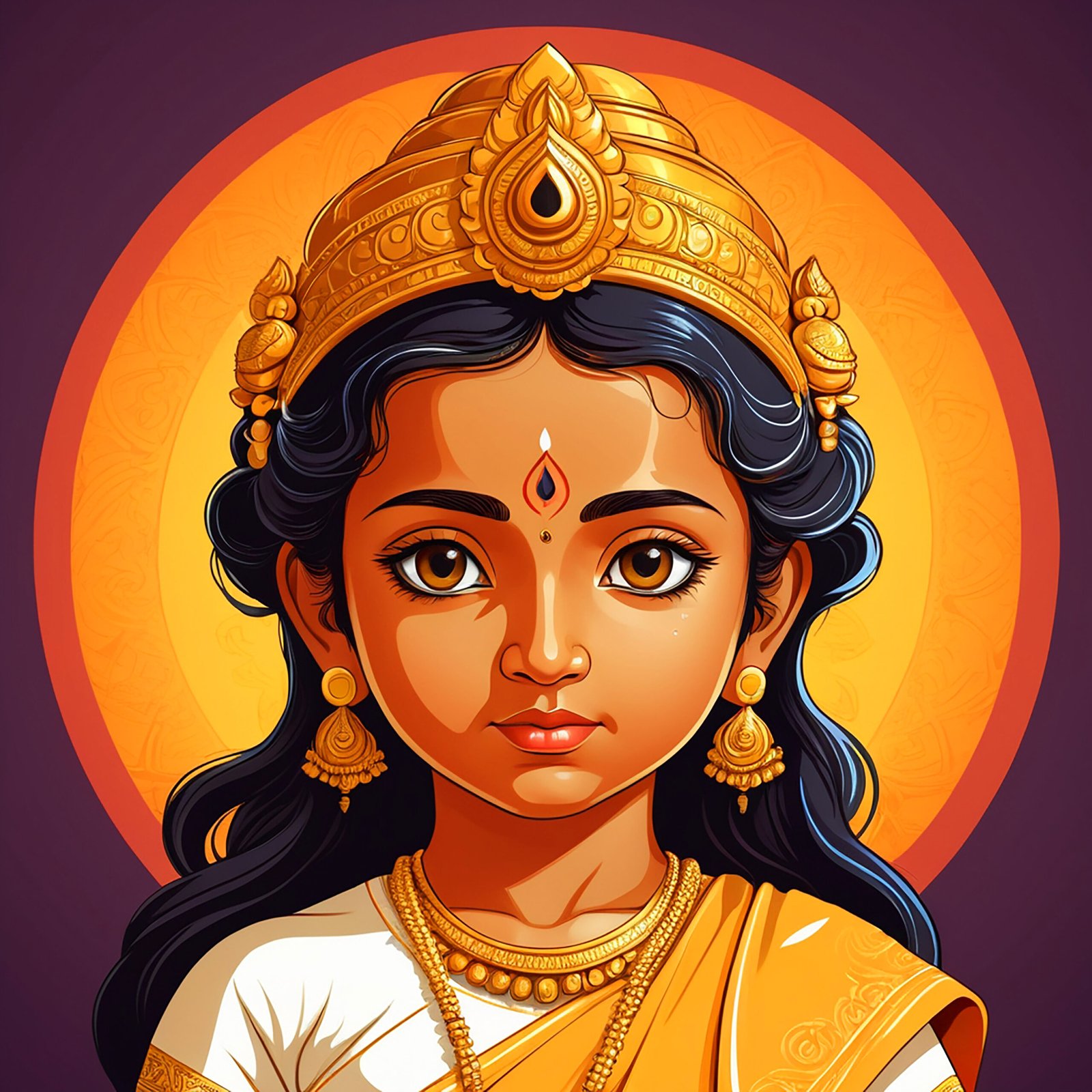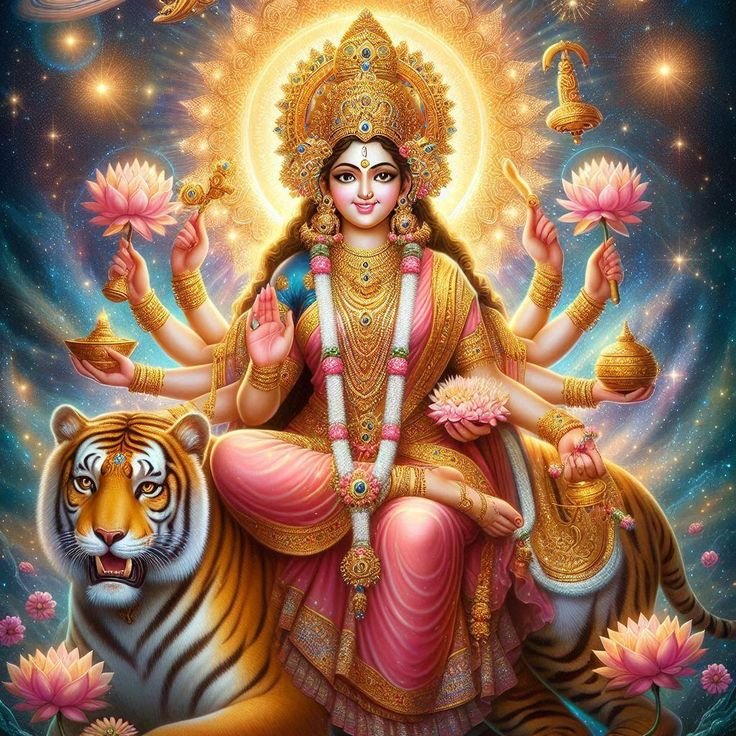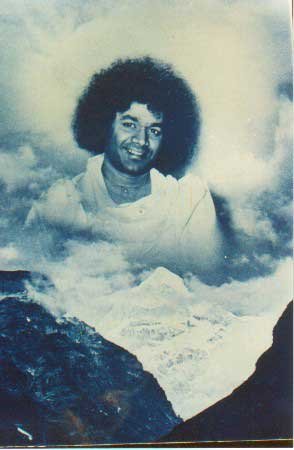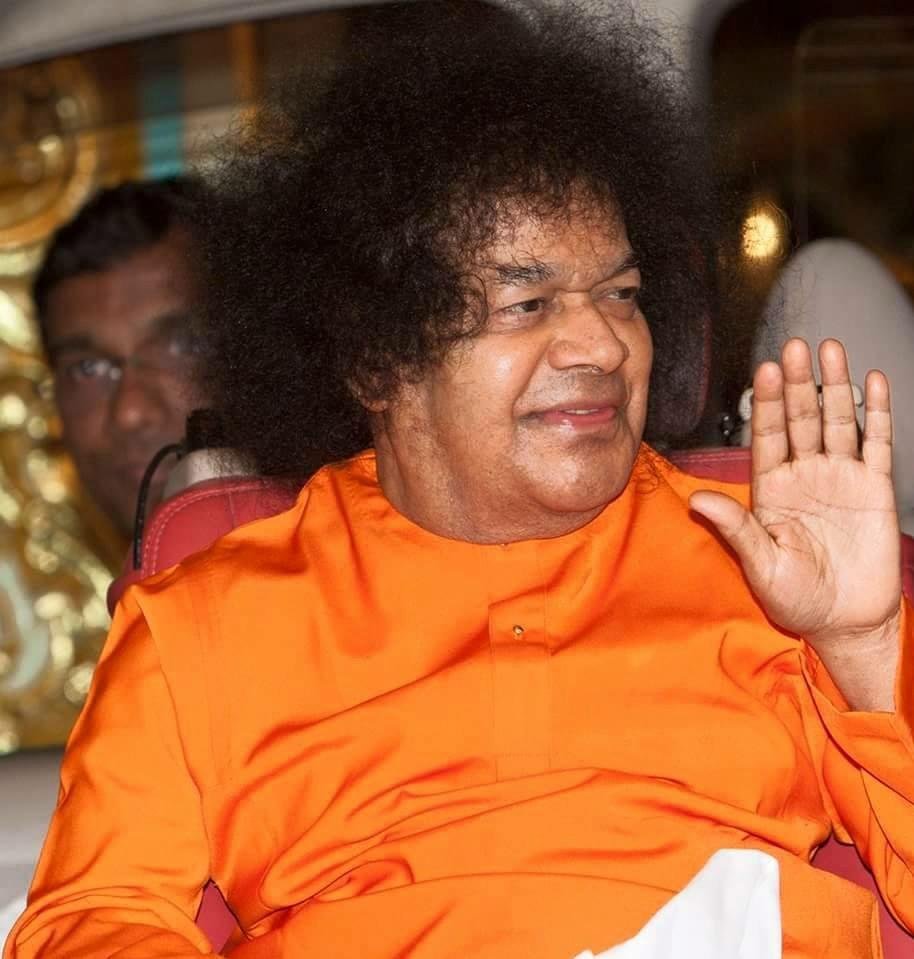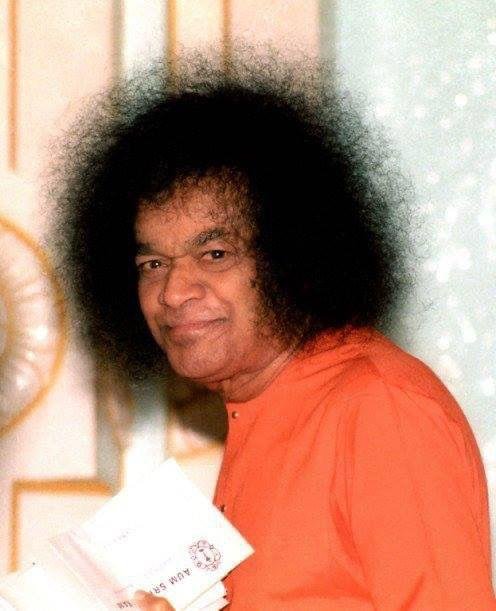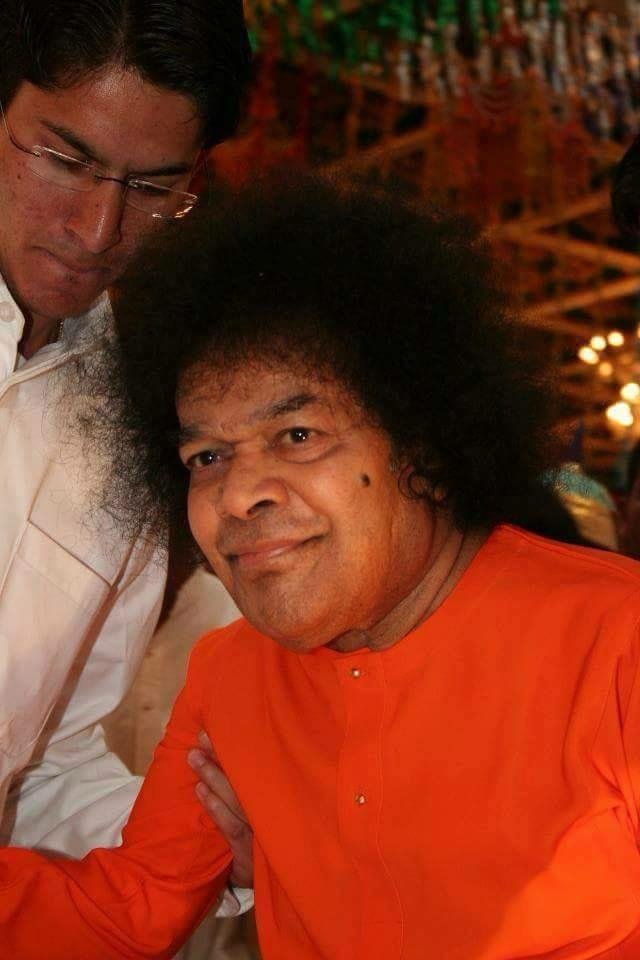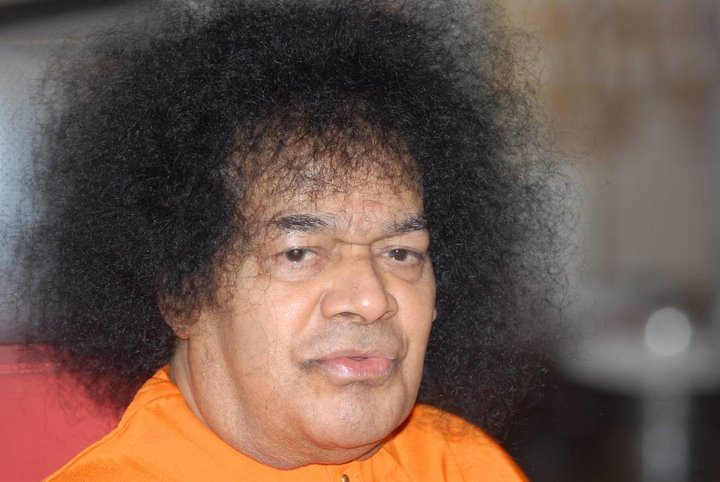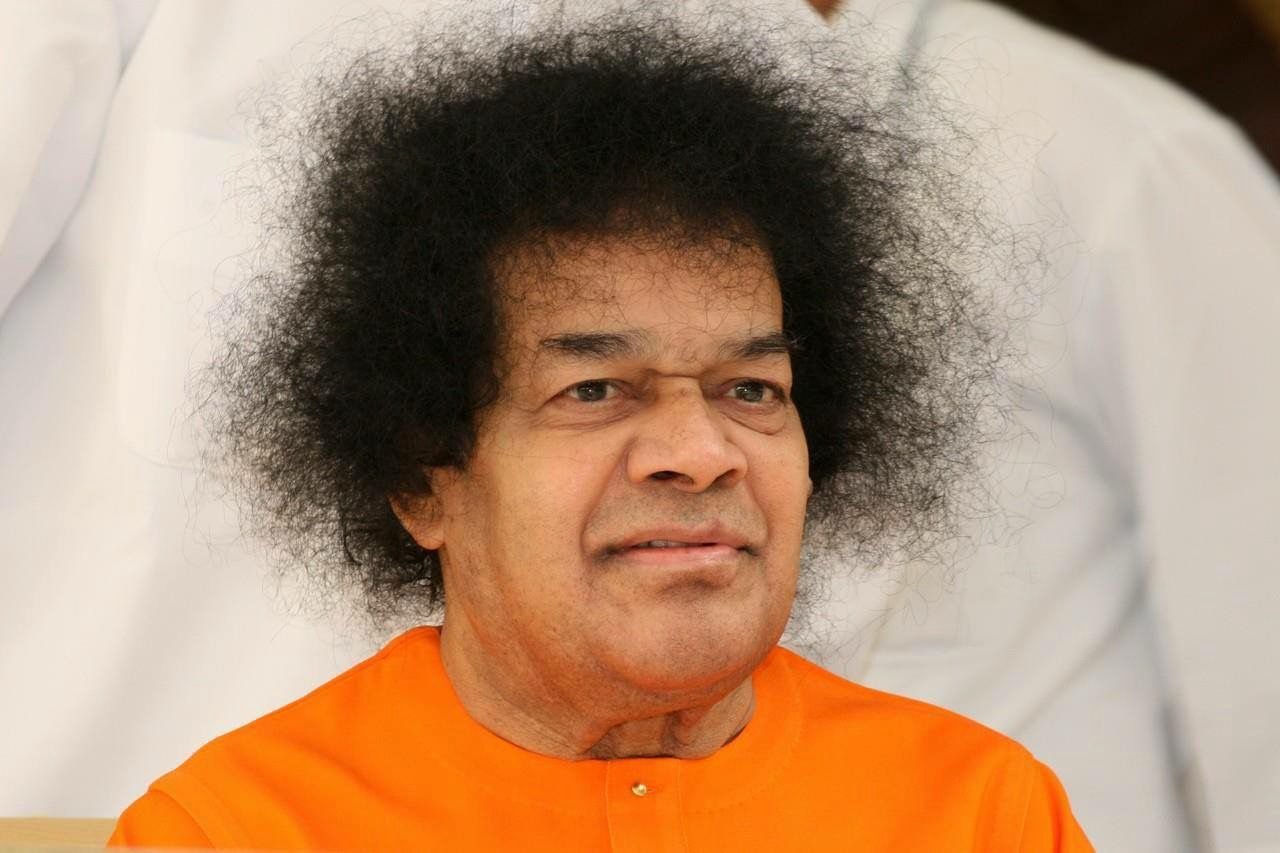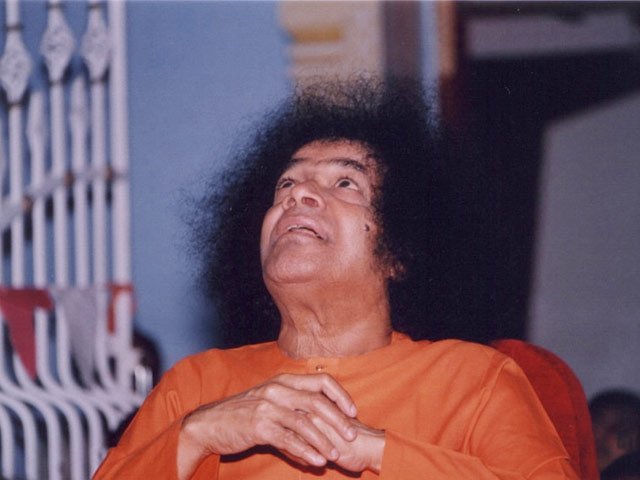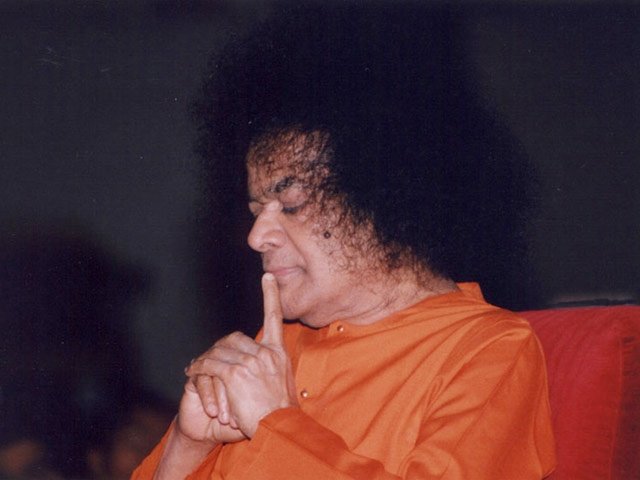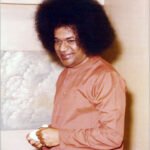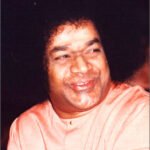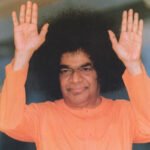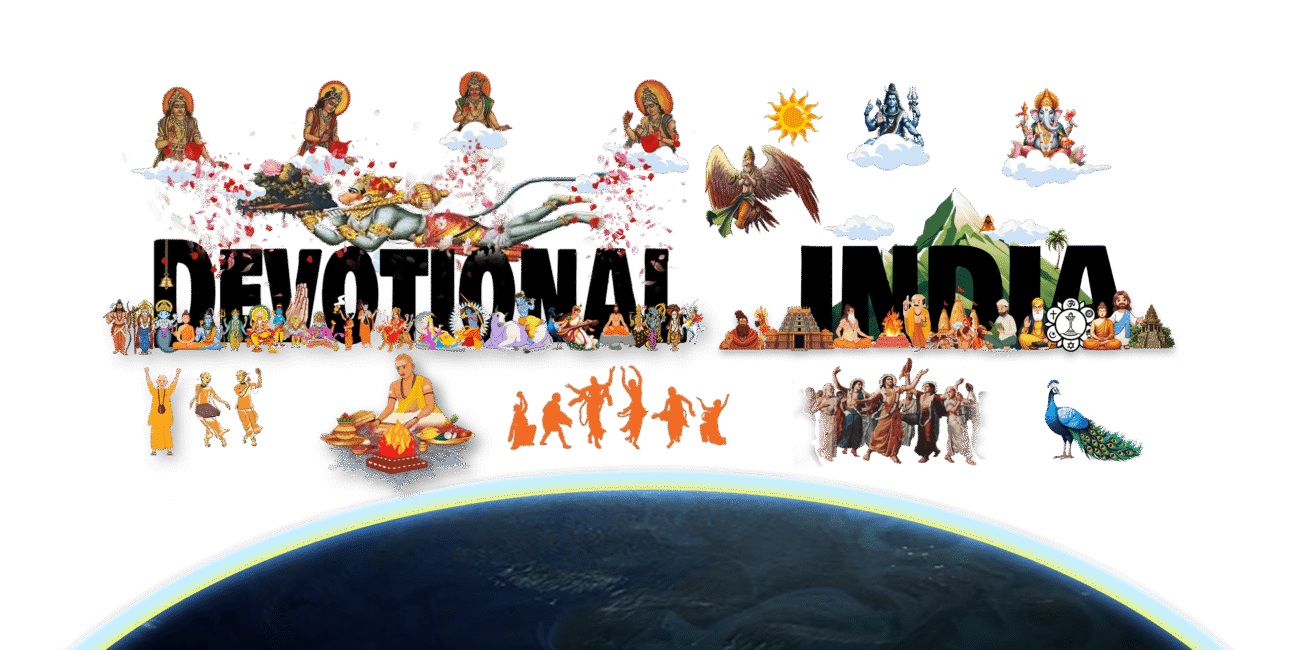Brahmanda Purana
Brahmanda Purana
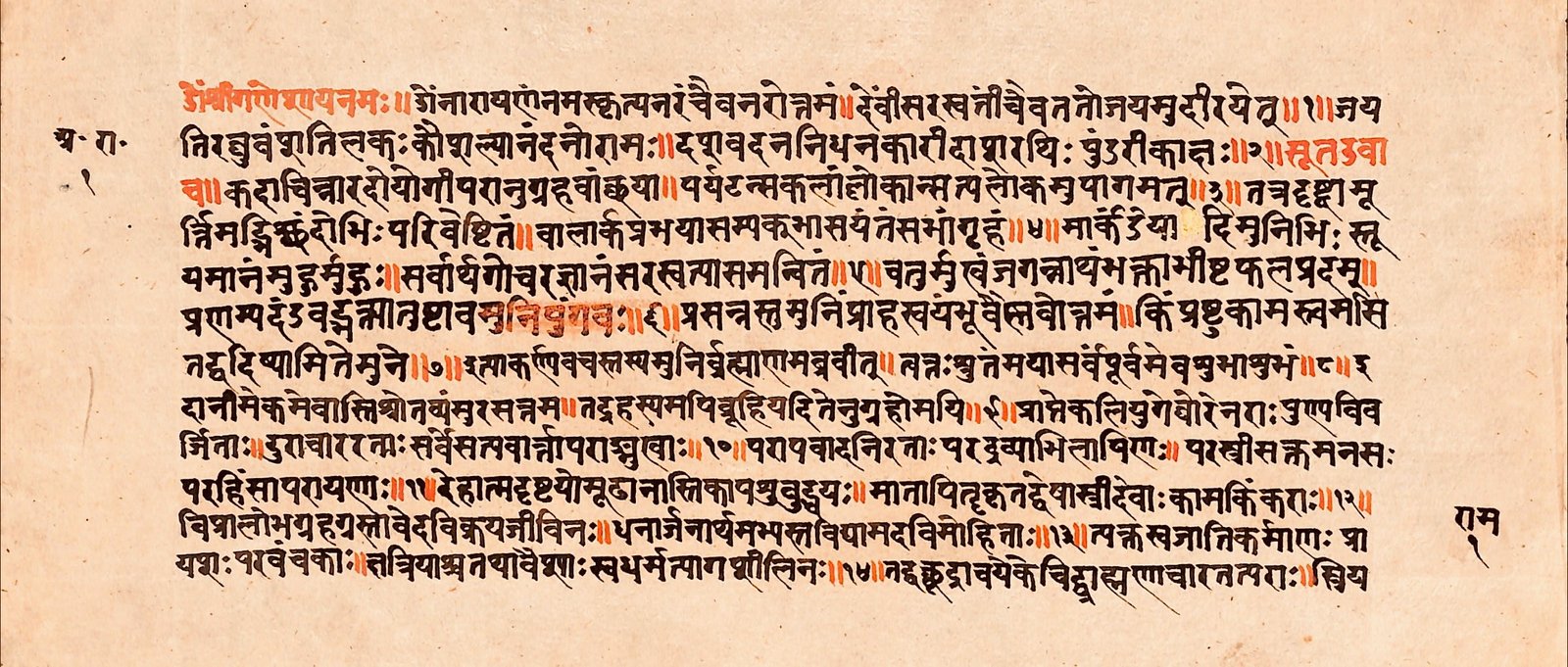
The Brahmanda Purana is one of the eighteen Mahapuranas, a major category of ancient Hindu scriptures that blend mythology, cosmology, philosophy, and history. The name Brahmanda means “the Cosmic Egg,” referring to the Hindu concept of the universe’s origin and structure. This Purana is notable for its cosmic scope, philosophical depth, and inclusion of later religious developments, particularly those related to Tantra and devotional traditions.
Origins and Composition
The origins of the Brahmanda Purana are difficult to pinpoint, as is common with Puranic texts. Scholars estimate that its core text may have been composed between the 4th and 6th centuries CE, though much of it was likely added or revised later. Like many Puranas, it is a composite work, compiled over several centuries by various authors and redactors.
The existing version of the Brahmanda Purana was likely finalized after the 10th century, and it shows strong influences from Tantric traditions, particularly Shakta (goddess-centered) theology. The text is written in Sanskrit verse, in the traditional metrical style.
Structure and Content
The Brahmanda Purana is one of the longer Puranas, with about 12,000 to 14,000 verses, depending on the manuscript. It is traditionally classified under the five pancha-lakshana themes of Puranas:
- Sarga – Creation of the universe
- Pratisarga – Secondary creation or cosmic cycles
- Vamsha – Genealogy of gods and sages
- Manvantara – Cosmic time periods
- Vamshanucharita – Legends of royal dynasties
However, the Brahmanda Purana goes beyond these themes and includes content from a wide range of topics such as geography, cosmology, astrology, rituals, philosophy, and devotion.
One of its most significant inclusions is the Lalita Sahasranama, a hymn of 1,000 names of Goddess Lalita, a key text in Shakta Tantra. This section is part of the Lalitopakhyana, a later insertion in the Purana that glorifies the goddess Lalita Tripura Sundari, representing the ultimate divine feminine power (Shakti).







